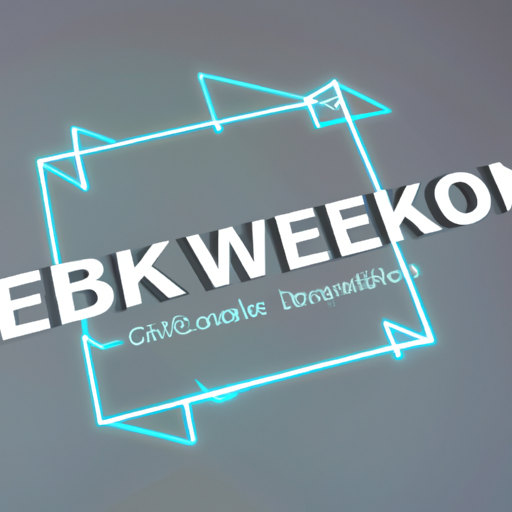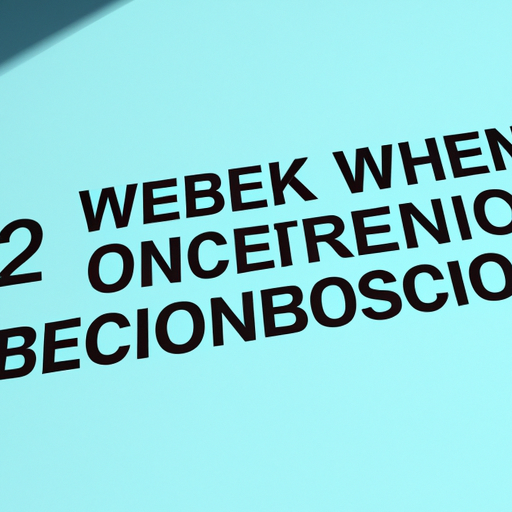“Web3 Explained: Unleashing the Power of Decentralized Web through Blockchain Technology.”
Understanding Web3: The Role of Blockchain in Powering the Decentralized Web

Web3, or the decentralized web, is a concept that has been gaining significant traction in the digital world. It represents a new generation of internet technologies that leverage blockchain to create a more open, secure, and user-centric online environment. This article aims to shed light on the role of blockchain in powering Web3 and how it empowers the decentralized web.
The internet, as we know it today, is largely centralized. This means that a few powerful entities control the majority of online services and data. These entities include tech giants like Google, Facebook, and Amazon, which have unprecedented control over user data and online activities. This centralized model has raised numerous concerns about privacy, data security, and digital rights.
Enter Web3, a vision for a new, decentralized internet. The idea behind Web3 is to shift control from these centralized entities to individual users. In this model, users own their data and have full control over their online activities. This is where blockchain comes in.
Blockchain is a type of distributed ledger technology that allows data to be stored across a network of computers rather than in a central location. This technology is the backbone of cryptocurrencies like Bitcoin and Ethereum, but its potential extends far beyond digital currencies. Blockchain’s inherent properties of transparency, security, and decentralization make it an ideal technology to power Web3.
In a blockchain-powered Web3, every user interaction, transaction, and piece of data is recorded on a transparent and immutable ledger. This means that no single entity can control or manipulate the data. Instead, control is distributed among all participants in the network. This decentralization of control is a fundamental shift from the current centralized model of the internet.
Moreover, blockchain enables the creation of smart contracts, which are self-executing contracts with the terms of the agreement directly written into code. Smart contracts automate transactions and enforce agreements without the need for a central authority or intermediary. This automation and disintermediation are key features of Web3, enabling more efficient and trustless interactions online.
Another critical aspect of blockchain’s role in Web3 is the concept of tokenization. Tokenization allows any asset, whether physical or digital, to be represented as a digital token on a blockchain. This opens up new possibilities for digital ownership and value exchange on the internet. For instance, users can own and trade digital assets like virtual real estate or digital art in the form of non-fungible tokens (NFTs). This concept of digital ownership is a cornerstone of the decentralized web.
In conclusion, blockchain plays a pivotal role in the realization of Web3. Its properties of decentralization, transparency, and security align perfectly with the vision of a user-centric and decentralized internet. By leveraging blockchain, Web3 has the potential to revolutionize the way we interact online, shifting power from centralized entities to individual users. While the transition to Web3 is still in its early stages, the potential implications for privacy, data security, and digital rights are profound. As we continue to explore and develop these new technologies, we are paving the way for a more open, secure, and user-centric internet.



